 Jim Holland Lynching Article
Jim Holland Lynching Article
Entry Category: Race - Starting with H
 Jim Holland Lynching Article
Jim Holland Lynching Article
Hollingsworth, Perlesta Arthur “Les”
 Elias Holt Lynching Article
Elias Holt Lynching Article
Hoover, Theressa
 Horace Mann High School
Horace Mann High School
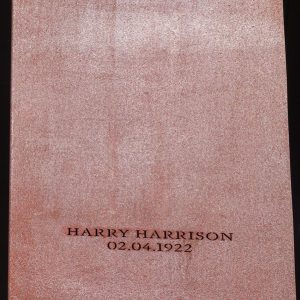 Hot Spring County Lynching
Hot Spring County Lynching
Hot Springs Schools, Desegregation of
Howard County Race Riot of 1883
aka: Hempstead County Race Riot of 1883
Howard County Reported Lynching of 1894
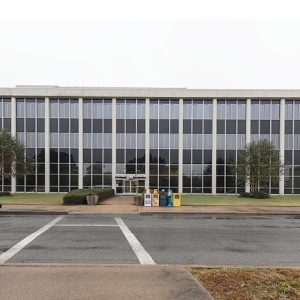 Howard Federal Building
Howard Federal Building
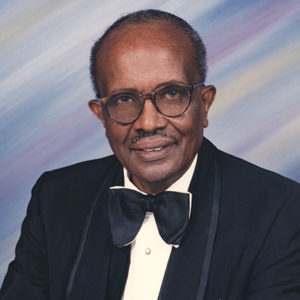 George Howard Jr.
George Howard Jr.
Howard, George, Jr.
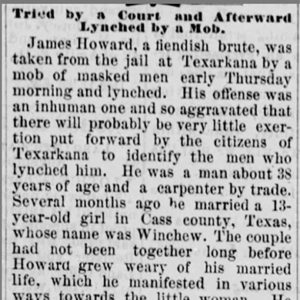 James Howard Lynching Article
James Howard Lynching Article
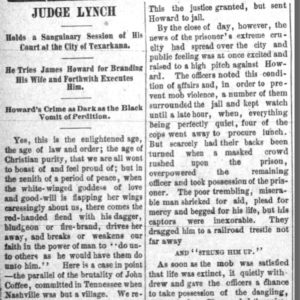 James Howard Lynching Article
James Howard Lynching Article
Howard, Jesse (Lynching of)
Hoxie Schools, Desegregation of
Huckaby, Elizabeth Paisley
Hunley, Dan (Lynching of)
Hunt, Silas Herbert
Hunter, Buck (Lynching of)
Hunter, William (Lynching of)
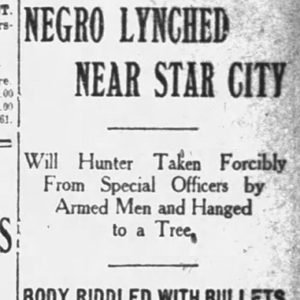 William Hunter Lynching Article
William Hunter Lynching Article




